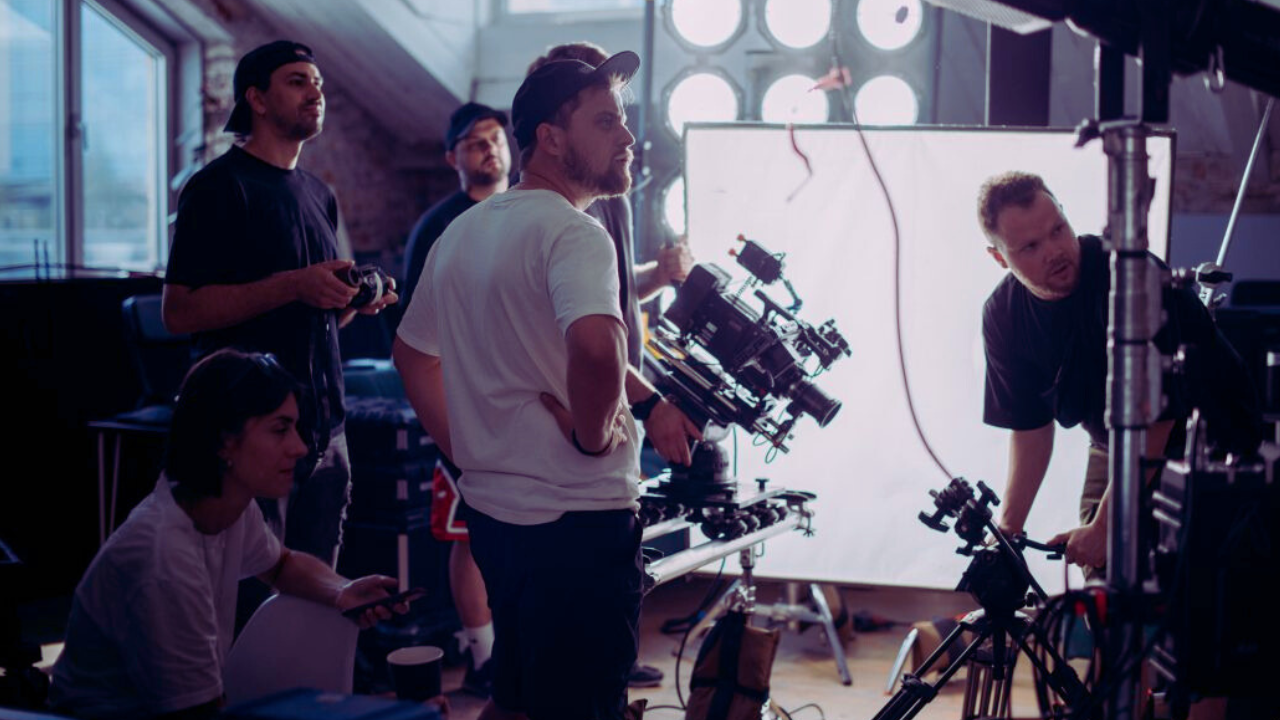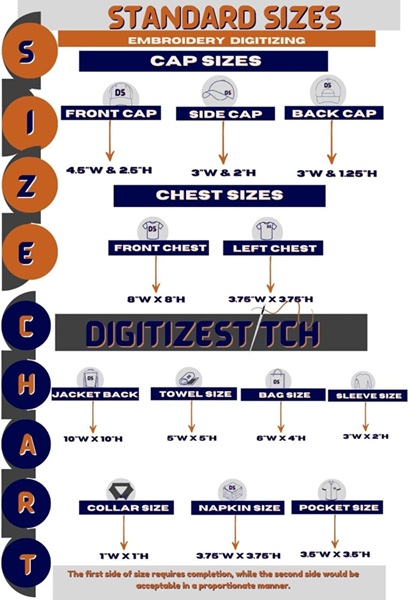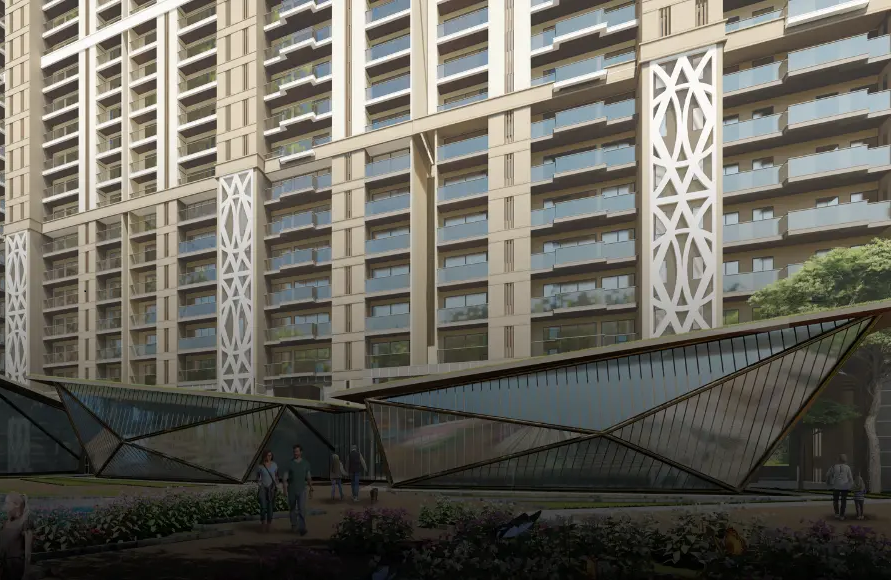Cinematography plays a crucial role in shaping how audiences perceive and experience a movie. It is not just about capturing visuals but about storytelling, emotion, and creating an immersive experience. From lighting to camera angles, cinematography in films has the power to transform narratives, enhance character development, and influence audience perception.
The Role of Cinematography in Films
Cinematography in films involves the art of visual storytelling through camera movement, lighting, framing, and color grading. A well-crafted cinematographic approach can intensify emotions, highlight themes, and establish the atmosphere of a movie. Whether it’s a suspenseful thriller, a romantic drama, or a historical epic, cinematography guides the viewer’s attention and deepens their connection with the story.
How Cinematography Enhances Storytelling
Cinematography in genre films is more than just aesthetics it is a powerful storytelling tool. Here’s how cinematography transforms movie narratives:
Creating Mood and Atmosphere
The use of lighting, color palettes, and composition significantly impacts the mood of a film. For instance, dark and shadowy lighting in film noir creates a sense of mystery and suspense, while warm, golden tones in romance films evoke emotions of love and nostalgia.
Guiding Audience Focus
Through camera angles and framing, cinematographers can direct the audience’s attention to essential details. A close-up shot of a character’s eyes can convey deep emotions, while a wide-angle shot can showcase the grandeur of a setting.
Establishing Character Perspectives
Different camera techniques help the audience connect with the characters. The use of first-person perspectives immerses viewers into the protagonist’s world, while over-the-shoulder shots create a sense of realism and intimacy.
Cinematic Techniques That Transform Narratives
The cinematography in films utilizes various techniques to elevate storytelling. Here are some fundamental cinematic techniques that shape movie narratives:
Camera Movement
- Tracking Shots: These shots follow a character’s movement, making the audience feel part of the scene.
- Handheld Cameras: Used for intense and raw emotions, often seen in documentary-style filmmaking.
- Slow Motion: Adds dramatic emphasis to key moments, making them more impactful.
Lighting Techniques
- High-Key Lighting: Often used in comedies and lighthearted films, creating a bright and cheerful ambiance.
- Low-Key Lighting: Common in horror and thriller films, producing shadows and mystery.
- Silhouette Lighting: Used to create dramatic and artistic effects in emotionally charged scenes.
Color Grading and Symbolism
Colors play a vital role in film narratives. Vibrant hues symbolize happiness and excitement, while desaturated tones create a melancholic or dystopian feel. Cinematography in genre films relies on color psychology to influence audience perception and emotions.
The Evolution of Cinematography in Films
Over the decades, cinematography in films has evolved significantly, adapting to technological advancements and new storytelling methods. Early black-and-white films used high contrast to enhance drama, while modern cinema embraced digital enhancements, CGI, and dynamic camera techniques.
From Silent Films to Technicolor
In the early days of cinema, silent films relied heavily on cinematography to convey emotions without dialogue. The introduction of Technicolor in the 1930s revolutionized visual storytelling by adding depth and vibrancy to movie narratives.
The Digital Revolution
With digital cinematography, filmmakers now have access to high-resolution cameras, CGI, and post-production tools that allow for more creative freedom. Modern blockbusters utilize CGI-enhanced cinematography to create once-impossible and visually stunning sequences.
Cinematic Trends in Contemporary Filmmaking
The cinematography in genre films today embraces innovative techniques such as drone shots, immersive VR filmmaking, and anamorphic lenses that create a more cinematic feel. Directors experiment with unique styles to craft unforgettable visual storytelling.
Famous Films with Iconic Cinematography
Many films have left a lasting impact on audiences due to their groundbreaking cinematography. Here are some examples:
- Blade Runner 2049 (2017): Roger Deakins’ masterful use of neon lighting and futuristic aesthetics enhanced the film’s dystopian narrative.
- The Grand Budapest Hotel (2014): Wes Anderson’s symmetrical framing and pastel color palettes created a whimsical and visually striking world.
- Inception (2010): Christopher Nolan’s use of practical effects and dynamic camera movements brought the dreamlike world to life.
- Schindler’s List (1993): The black-and-white cinematography intensified the historical impact and emotional weight of the story.
Conclusion
Cinematography in films is a fundamental element that transforms movie narratives, making them more immersive and emotionally resonant. From lighting and camera movements to color grading and innovative techniques, cinematographers shape how audiences engage with stories. As technology continues to evolve, so will the art of cinematography, pushing the boundaries of storytelling and visual expression. Whether through classic techniques or modern innovations, cinematography remains a powerful force in shaping the cinematic experience.









